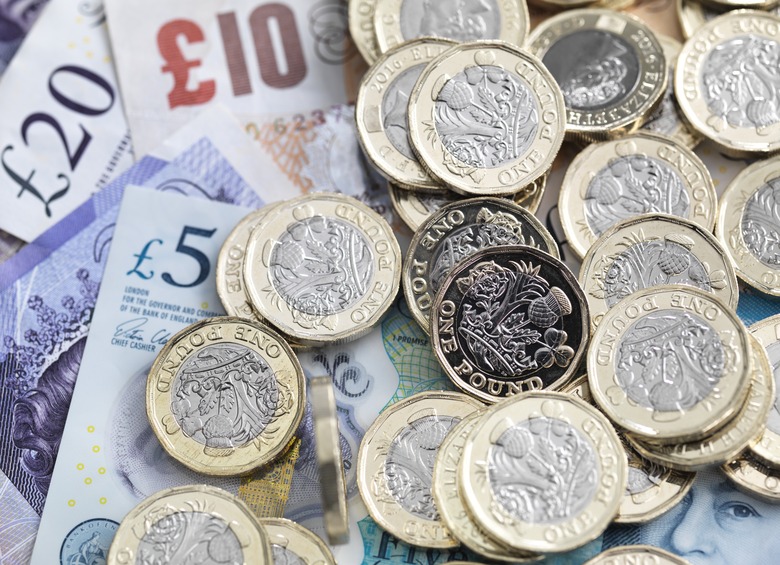What Is 5 Pence Worth?
Five pee (5p), silver, shrapnel. There are many terms for the sturdy 5-pence coin, which has been a staple of English currency through history and a major deconstruction of the United Kingdom's currency values. The 5-pence coin continues to carry its weight in the pocket and wallets of the inhabitants of the United Kingdom.
History of the 5 Pence
History of the 5 Pence
The coin first popped the profile of the elegant Queen Elizabeth II on the pence piece on April 23, 1968. It replaced the shilling to get ready for the vast currency shakeup, called decimalization, that was scheduled to be put into place in a scant three years. The decimalization, or decimal day, reorganized the value of currency in the United Kingdom and Ireland on February 15, 1971. Since then, four different portraits of the fair Queen have appeared on the 5-pence coin. The original coin was larger than its predecimalization equal, the shilling. A smaller 5-pence coin was issued in 1990 to the vexation of coin collectors and consumers alike who thought the shiny new version was a bit on the wee side.
The original coin has a crowned thistle with the number 5 etched below and beading around the obverse, or face, of the coin. A portrait of Queen Elizabeth II has always graced the front.
What it's Worth
What it's Worth
A milled-edge 5-pence coin is worth .05-pound sterling. The rate of exchange is constantly changing, but it's comparable to a penny in U.S. dollars. It's basically 1/20th of a British pound, which is similar to a dollar in U.S. currency. It, along with the 10-pence coin, can be used as legal tender up to 5 pounds, at which point the seller can refuse the payment.
Check Your Change
Check Your Change
They're the smallest coins in circulation and tend to be overlooked. There are a few rare 5-pence coins wandering about in wallets and change purses around the world. The material the coins were made from was changed in 2011 from a combination of mostly copper and 25-percent nickel to a steel core with a nickel plating. The 5-pence coin is made in rather large numbers due to its usefulness in current currency situations among consumers, but there are a few notable exceptions. A 1993 5p is a rare find due to the low number of coins minted that year. In fact, none were released into the general population for circulation. Only 60,000 were made for collectors of annual sets. A production error in 2008 made by the Royal Mint was a boon for coin collectors. The mint released 250,000 coins without a date. It wasn't a good year for the mint. They also famously struck 5ps with a front that was upside down compared to the back.
Cite This Article
MLA
McGee, Kimberley. "What Is 5 Pence Worth?" sciencing.com, https://www.sciencing.com/what-is-5-pence-worth-12080115/. 25 June 2018.
APA
McGee, Kimberley. (2018, June 25). What Is 5 Pence Worth?. sciencing.com. Retrieved from https://www.sciencing.com/what-is-5-pence-worth-12080115/
Chicago
McGee, Kimberley. What Is 5 Pence Worth? last modified March 24, 2022. https://www.sciencing.com/what-is-5-pence-worth-12080115/
